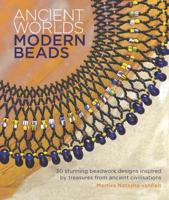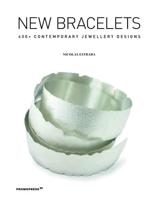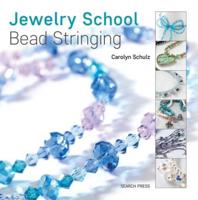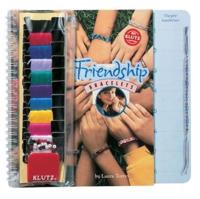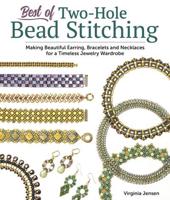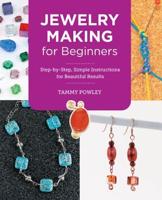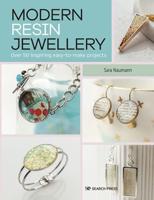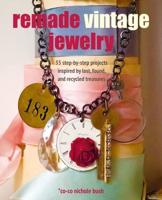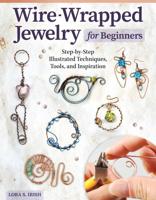Publisher's Synopsis
Bound not for the connoisseurs or 'rockhounds, ' this book is for children. Through illustrated gem-mining adventure of the two exotic animals (patas monkey and matamata turtle), it explains the chemical compositions and physical properties (hardness, refraction, flaw, saturation, asterism, hue) of 18 popular gemstones, their mining locations, mastery of the cut, valuing criteria, as well as their popularity among the pop and cardinal clientèle. Running the history of the world`s biggest ten signature diamonds (Cullinan, Orloff, Centenary, Regent, Kohi-i-Noor, Idol`s Eye, Taylor-Burton, Sancy, Blue Hope, and Hortensia), it also includes Tiaras and Cameos belonging to many Queens. This book is not for a 'junior gemologist.' It rather provides a basic knowledge in gems - deemed important for the growing minds. The core message is that studying gems should be included in default elementary and middle school curricula, as knowing gems' inside and out builds a common sense in 'good and great, ' 'great and crown.' Gemology incorporates several disciplines: geology, chemistry, visual arts, craft, fashion, and even alternative medicine. It is about knowing our land, its secrets and treasures. It helps our children to ponder why gems containing aluminium or cadmium cations are deposited in hydro thermally formed rhyolites, while gems consisted of iron or copper cations are set at the volcanic base in a different location; it makes them to think of unbeatable caprice of pure carbon that makes it famously hard to convert the graphite into diamond. It offers them many 'whereabouts, and 'hows.' It also prepares for a savvy attitude. It would be noble, if instead of the star-war games or i-pad "brain wash-up," our children and teens would spend time on studying gems, uncovering their beauty and value. A wake -up call, this book also reminds us about the rare animals, which require more attendance and care to avoid the extinct status.

